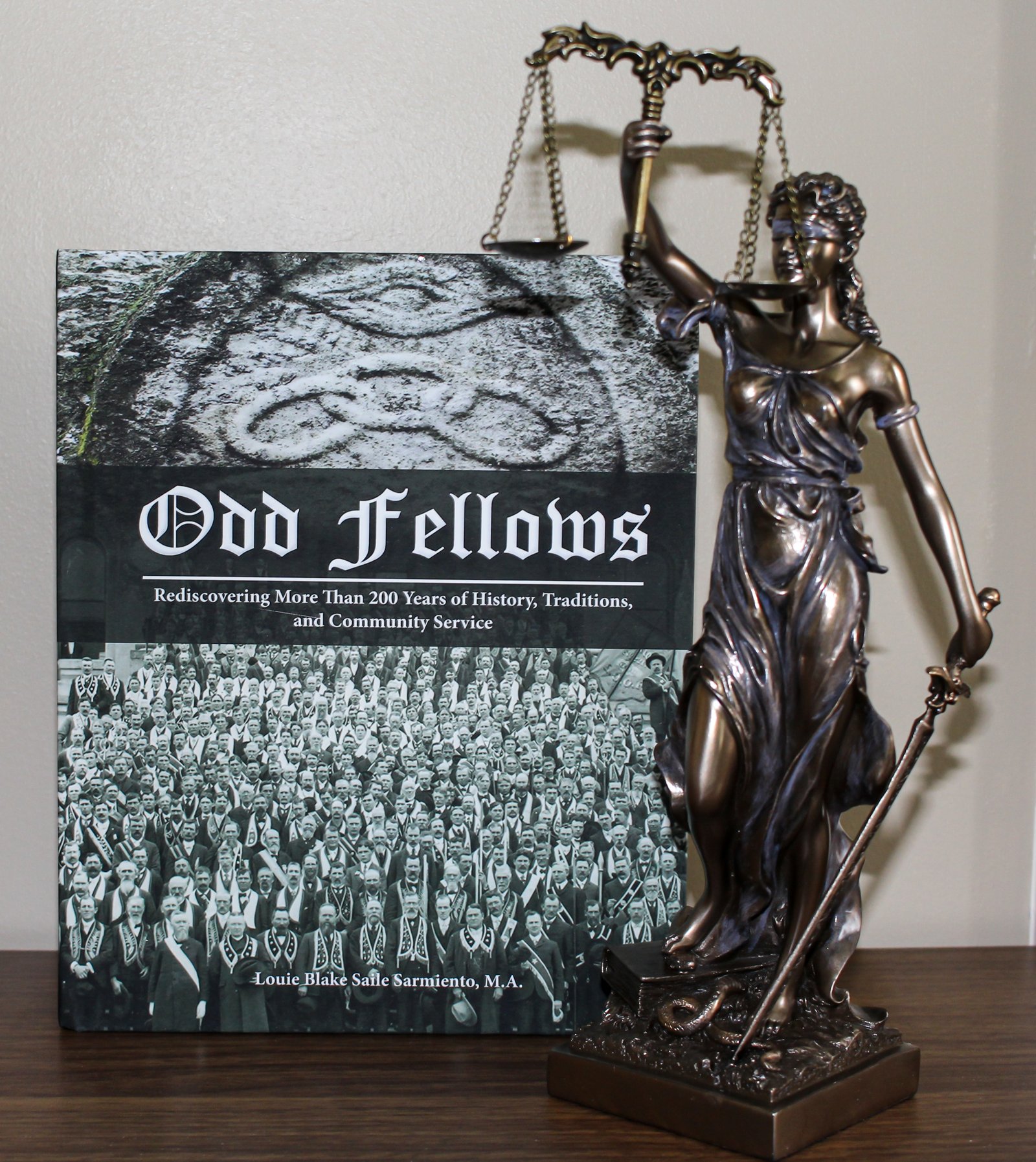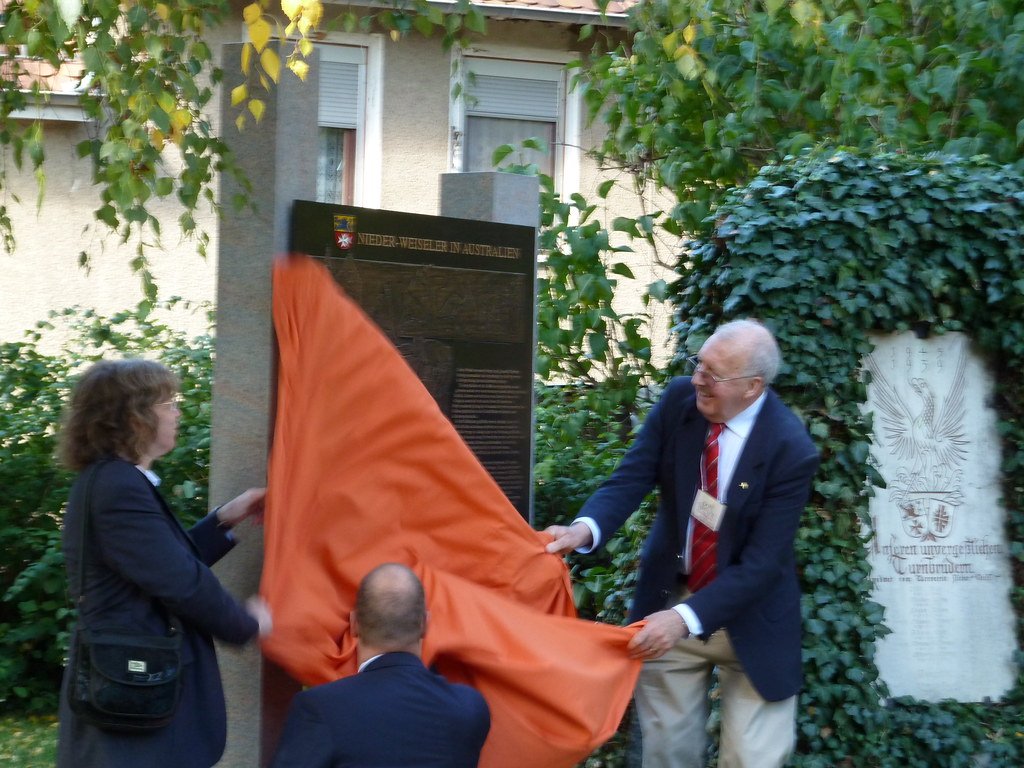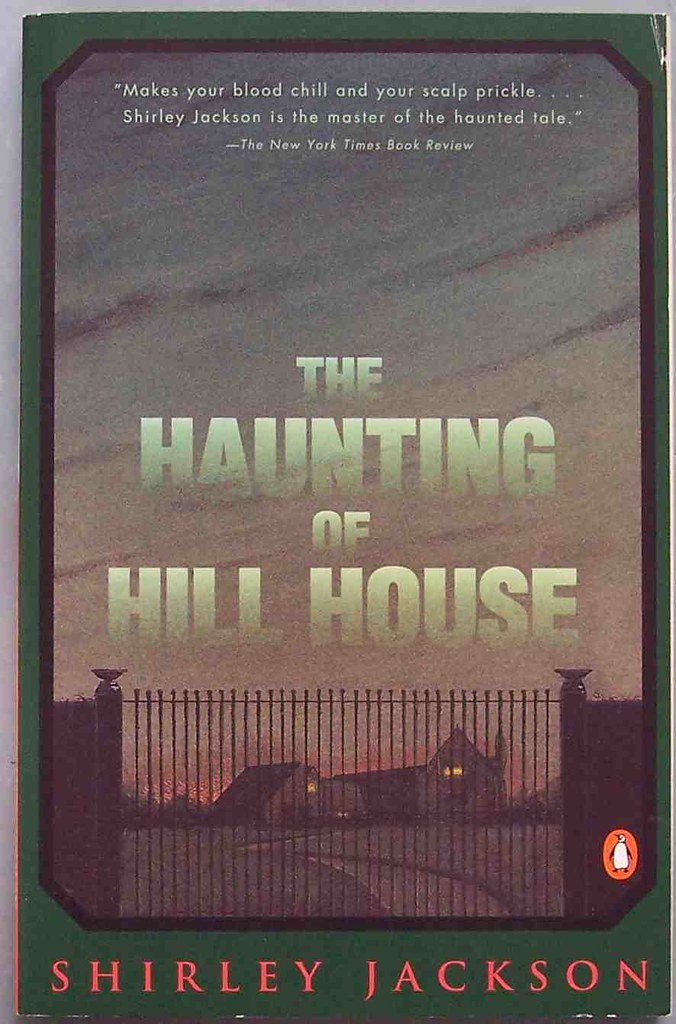In the realm of classic cinema, there are certain films that forever etch themselves into the collective consciousness of movie lovers worldwide. They possess an enchanting allure, an irresistible magnetism that pulls us in time and time again, leaving an indelible mark on our hearts and minds. Among these timeless masterpieces, one stands tall, casting long shadows of mystery and intrigue over the sprawling streets of Vienna – “The Third Man.”
Prepare to journey back in time to the post-World War II era, a period when the world was cloaked in shadows, and the human psyche was haunted by the specter of uncertainty. It was amidst this grim backdrop that director Carol Reed and novelist Graham Greene breathed life into a narrative that would forever redefine the genre of film noir and leave an indelible imprint on the annals of cinematic history.
“The Third Man” exudes an unparalleled atmospheric brilliance, saturated with the melancholic beauty of a war-ravaged city. As the haunting zither strings echo through the narrow cobblestone alleys, we find ourselves entangled in a web of intrigue, betrayal, and moral ambiguity like no other. Joseph Cotten’s portrayal of Holly Martins, a struggling writer caught in the poignant web of his old friend’s enigmatic demise, resonates with us on a deeply human level, tugging at our heartstrings with each agonizing decision he must make.
And then, there is the iconic presence of Orson Welles as Harry Lime, a character so enigmatic and charismatic that he effortlessly seizes control of every scene he graces. His black market dealings intertwine with the souls of Vienna’s impoverished masses, twisting their lives into a macabre dance of survival versus morality. From the first flicker of a cigarette to the unforgettable penultimate chase through the city’s underground sewers, Welles imbues Lime with a magnetic charm that elicits both our admiration and our abhorrence.
But it is within the haunting imagery captured by Reed’s lens that the true soul of “The Third Man” resides. The crumbling architecture of Vienna acts as both a testament to the city’s glorious past and a haunting reminder of the ravages of war. Shadows dance across the screen, whispering secrets and casting doubt upon every motive. And oh, the haunting zither, a melancholic muse that lingers long after the credits roll, etching itself into the fabric of our cinematic memories.
So join me, dear reader, as we embark on a retrospective journey into the heart of “The Third Man.” Let us revel in the profound artistry and unearth the secrets hidden beneath its darkly seductive surface. For this Viennese noir is not merely a movie; it is a testament to the power of storytelling, an ode to the immense talents of its creators, and above all, a stirring celebration of the inexorable bond between cinema and the human soul.
Table of Contents
- 1. Rediscovering Vienna’s Dark Corners: Unraveling the Enthralling Web of “The Third Man”!
- 2. Unveiling the Timeless Genius of Orson Welles: A Masterclass in Unforgettable Filmmaking!
- 3. Dive into the Haunting Score: A Melodic Landscape that Amplifies “The Third Man’s” Intense Atmosphere!
- 4. Stepping into the Shoes of Holly Martins: Explore Vienna’s Quirky Locations from “The Third Man” with our Ultimate Guide!
- Q&A
- In Conclusion

1. Rediscovering Vienna’s Dark Corners: Unraveling the Enthralling Web of “The Third Man”!
Step into the shadowy depths of Vienna’s enchanting cobblestone streets and immerse yourself in the mesmerizing world of “The Third Man”! This iconic 1949 film, directed by Carol Reed, stands as an unforgettable masterpiece, forever etching its name onto the pulsating heart of Viennese noir. Set against the backdrop of post-World War II Vienna, this gripping tale of intrigue and betrayal showcases the city’s hidden corners, inviting viewers to become swept up in its enthralling web of mystery.
With a script penned by acclaimed writer Graham Greene, “The Third Man” weaves a narrative that is as captivating as it is complex. The film follows the investigation of American writer Holly Martins, played impeccably by Joseph Cotten, as he delves into the mysterious death of his childhood friend, Harry Lime, portrayed with chilling charisma by Orson Welles. As Holly peels back the layers of deception, viewers are treated to an atmospheric journey through the city’s underbelly, accompanied by a hauntingly beautiful score composed by Anton Karas, whose iconic zither melodies offer a melancholic backdrop to this thrilling tale.
From its iconic opening shot of a Ferris wheel silently spinning against the night sky to the dramatic chase through Vienna’s ancient sewers, “The Third Man” delivers a visual feast that leaves an indelible mark on the viewer’s memory. The film’s expert use of deep shadows and dramatic lighting heightens the tension and adds to the film’s noir atmosphere. Each frame bursts with exquisite attention to detail, capturing the essence of post-war Vienna in all its turmoil and ruins. Behind the scenes, it’s fascinating to learn that many of the external street scenes were actually shot in bombed-out areas of Vienna, providing an authentic backdrop that mirrored the city’s own struggle for rebirth.
In addition to its mesmerizing cinematography and gripping plot, “The Third Man” boasts an exceptional cast that brings the characters to life in the most profound way. Joseph Cotten’s portrayal of the conflicted hero, Holly Martins, imbues the character with a mix of vulnerability and determination that resonates deeply with audiences. Meanwhile, Orson Welles’ portrayal of the enigmatic Harry Lime offers a masterclass in charisma and charm, further solidifying his status as one of the greatest actors of the era. The chemistry between these two performers is undeniable, lending an extra layer of complexity to their characters’ intricate relationship.
Movie buffs and enthusiasts alike continue to be captivated by “The Third Man” and its enduring legacy, cementing it as one of the greatest films of all time. Its exploration of Vienna’s dark corners, its masterful storytelling, and its unforgettable performances combine to create an emotional and unforgettable cinematic experience. As fans, we are forever indebted to the incredible talents that brought this film to life and invite newcomers to join us in rediscovering the magic of “The Third Man”!

2. Unveiling the Timeless Genius of Orson Welles: A Masterclass in Unforgettable Filmmaking!
Vienna, a city known for its grandeur and elegance, becomes the haunting backdrop of one of the greatest film noirs ever created: “The Third Man.” Directed by the legendary Orson Welles, this masterpiece takes audiences on a thrilling and unforgettable journey through the post-World War II era. With its compelling storyline, atmospheric setting, and stellar performances, “The Third Man” remains a timelessly brilliant example of Welles’ genius in filmmaking.
Bursting with suspense and intrigue, “The Third Man” follows the story of Holly Martins, a writer who delves into the mysterious death of his friend and uncovers a web of deception and corruption. Shot entirely on location in Vienna, the film captures the post-war atmosphere, with its crumbling buildings and shadowy corners, beautifully painting a picture of a city scarred by the war. The atmospheric black and white cinematography by Robert Krasker enhances the sense of foreboding, creating a visual feast for cinephiles.
- Orson Welles gives an unforgettable performance as Harry Lime, the enigmatic antagonist of the film. His presence is minimal, but his impact is undeniably powerful.
- One of the most iconic scenes in cinematic history occurs atop the Riesenrad Ferris wheel in Vienna’s Prater amusement park. The tense confrontation between Holly and Harry takes place against the backdrop of the city’s twinkling lights, heightening the intensity of the moment.
- The unforgettable zither score, composed by Anton Karas, adds an extra layer of uniqueness to the film. Its catchy melodies and haunting tones are still instantly recognizable to this day.
A little-known fact about “The Third Man” is that Welles’ character, Harry Lime, was initially supposed to have a minor role. However, after witnessing Welles’ commanding presence on set, the filmmakers decided to expand his role, giving birth to one of the most memorable and complex characters in cinematic history.
“The Third Man” is a testament to Orson Welles’ masterful storytelling and ability to create a truly immersive world on screen. With its atmospheric setting, brilliant performances, and unforgettable moments, this film remains a timeless masterpiece that continues to captivate audiences decades after its release. So grab some popcorn, dim the lights, and prepare to be transported into the world of “The Third Man” – a Viennese noir that will leave you breathless and yearning for more.

3. Dive into the Haunting Score: A Melodic Landscape that Amplifies “The Third Man’s” Intense Atmosphere!
The Third Man: Unforgettable Viennese Noir!
As we delve into the mesmerizing black-and-white world of The Third Man, we are transported back to the gloomy streets of post-war Vienna. This 1949 masterpiece, directed by Carol Reed and written by Graham Greene, immerses us in a haunting atmosphere that is heightened by Anton Karas’ unforgettable score. The film’s score serves not only as a musical accompaniment but as a character in its own right, playing a pivotal role in amplifying the intense emotions that course through the veins of this noir thriller.
Karas, an unassuming zither player from a Viennese beer garden, crafted a piece of music that still resonates with audiences today. The haunting melody of the film’s main theme instantly transports us to the dark alleyways and shadowy corners of Vienna, infusing each scene with a sense of foreboding and tension. The use of the zither, an instrument not typically associated with film music, adds a unique texture and atmosphere to the score, creating a melodic landscape that perfectly encapsulates the lingering sense of unease that permeates throughout The Third Man.

4. Stepping into the Shoes of Holly Martins: Explore Vienna’s Quirky Locations from “The Third Man” with our Ultimate Guide!
Get ready for a journey full of suspense, mystery, and enchantment as we delve into the mesmerizing world of one of cinema’s greatest noir classics – “The Third Man.” Directed by the legendary Carol Reed and penned by the brilliant Graham Greene, this film takes us deep into the post-war streets of Vienna, where dark secrets and betrayal lurk around every corner. Through the eyes of Holly Martins, played flawlessly by the charismatic Joseph Cotten, we witness a thrilling whirlwind of twists and turns that keep us on the edge of our seats until the very last frame.
Vienna serves as the perfect backdrop for this atmospheric noir masterpiece, with its shadowy cobblestone alleyways and breathtaking landmarks. Our ultimate guide takes you on a journey to some of the most iconic and idiosyncratic filming locations, allowing you to immerse yourself in the same streets that Holly Martins once walked: the bustling Prater amusement park, the eerie sewers beneath the city, and the now-famous Ferris wheel, where one of the film’s most iconic scenes unfolds. Experience the charm of Vienna in a completely new light as we uncover the hidden gems and lesser-known spots that made “The Third Man” an unforgettable cinematic experience.
- Discover the thrilling process of filming the chase scenes that took place on the sewer system, an impressive feat that required the construction of a specially designed platform.
- Unearth fascinating facts about the creation of the haunting zither soundtrack, composed by Anton Karas and now forever associated with the film’s atmosphere.
- Delve into behind-the-scenes anecdotes, such as Orson Welles improvising his iconic lines or the behind-the-camera rivalry between director Carol Reed and author Graham Greene.
Prepare to lose yourself in the captivating world of “The Third Man” as we explore the enchanting city of Vienna through the lens of this iconic film. With our ultimate guide, you can truly step into the shoes of Holly Martins and experience the same mesmerizing adventure that has captivated audiences for generations. Let’s embark on this unforgettable viennese noir journey together – because once you enter the world of “The Third Man,” you’ll never want to leave.
To Conclude
And so, we come to the end of our journey through the shadows of post-war Vienna, where intrigue and betrayal lurked around every corner, and a haunting zither melody echoed through the cobblestone streets. The Third Man, a true masterpiece of Viennese noir, has assuredly left an indelible mark on the annals of cinema history, forever captivating audiences with its unparalleled brilliance.
As we bid adieu to the twisted tale of Harry Lime, the charismatic, morally ambiguous character who effortlessly danced between the realms of good and evil, we cannot help but be overwhelmed by a whirlwind of emotions. This breathtaking film has merged the realms of reality and fantasy, effortlessly intertwining them in a mesmerizing dance that has enchanted moviegoers for decades.
Vienna, a city ravaged by the aftermath of World War II, assumes the role of a character in its own right, its bombed-out buildings shrouded in darkness and secrets. The streets ooze with an eerie atmosphere of mystery and despair, beautifully captured by Director Carol Reed, who masterfully weaves a compelling narrative through the shadows and seedy underbelly of the city.
From its unforgettable opening scenes, where the haunting zither strings send chills down our spines, to the tense chase through the sewers, The Third Man keeps us on the edge of our seats, never allowing us a moment of respite. We become mere spectators, desperately trying to grasp the truth behind the labyrinth of deception spun around us.
But what truly elevates this film to the realm of greatness is the impeccable performances of its cast. Joseph Cotten’s portrayal of Holly Martins, the disillusioned writer stumbling upon a web of lies, is a revelation. His raw emotions and flawed heroism serve as our guide through this nightmarish journey.
And then there is Orson Welles, the enigmatic enforcer of chaos, Harry Lime. In his all-too-brief appearances, Welles manages to leave an indelible impact, cementing the character as one of the most memorable villains in cinematic history. His iconic “cuckoo clock” monologue sends shivers down our spines, challenging our understanding of morality and the depths of human depravity.
As the credits roll, we are left with a bittersweet longing for more, for this journey through the labyrinthine streets of Vienna has imprinted itself upon our souls. The Third Man is not just a film; it is an experience, a transcendent masterpiece that demands to be seen, felt, and cherished.
So, my fellow cinephiles, let us keep the flame of this extraordinary Viennese noir alive, sharing its brilliance with future generations. Let us continually celebrate its fingerprints on the hearts of movie lovers worldwide. For The Third Man will forever be an unforgettable testament to the power of cinema, reminding us why we fell in love with the magic of the silver screen in the first place.
